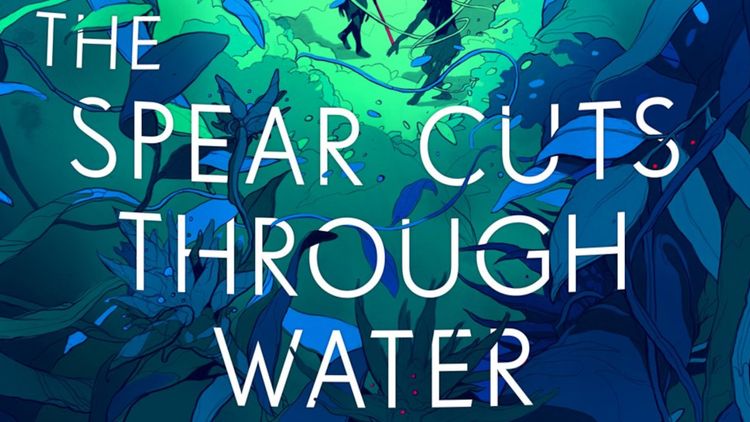My Sister, the Serial Killer
“I bet you didn’t know that bleach masks the smell of blood.” – Korede
When I say I could not put this book down, I mean I truly could not put this book down. If I had to wait 2 minutes, I would take it out and read a chapter. If I was walking to the bus, I’d bump into trashcans while turning pages. And if I was meeting anyone, I was taking this book out to show them the brilliance that is this novel.
My Sister, the Serial Killer by Oyinkan Braithwaite opens with two sisters, Ayoola and Korede, cleaning up the blood of Ayoola’s most recent boyfriend. They bleach, they lift, they hide. And then things get complicated.
Braithwaite has crafted two impeccable characters with Ayoola and Korede. They are dynamic, full of contradictions, and completely understandable. Braithwaite disappears into Korede’s narration. There is no authorial presence, there is only Korede, her navigations of a murky world, and her love for her sister. Ayoola and Korede are both consistently frustrating, doing and saying things that upset the reader. But their actions stem purely from their own psychology and complex history that Braithwaite has so meticulously designed.
What makes this novel such a treat is its form. The story unfurls itself through micro-chapters, none longer than a few pages, some only a few hundred words. The micro-chapters are not in chronological order; we leap from Korede’s childhood, to her present, back to her years as a frustrated teenager, all across her life. And with each chapter, we are given a peek into Korede and Ayoola’s sisterhood. We are given snippets of what it means to survive. And just when we think we are on level ground, the chapter ends and we begin again, somewhere new, somewhere unfamiliar. I couldn’t put this book down because I kept telling myself, one more chapter. Just one more chapter.
Braithwaite has embedded cliff-hanger upon cliff-hanger within this novel. Sometimes, it’s a line of dialogue, an event, that threatens to upset the balance Korede has worked so hard to maintain. But sometimes, it’s an image. A cane on the shelf. A gold bracelet. A bloated body, sinking. These images linger, sitting in the periphery of every scene. And it’s those images that carry you throughout the whole novel. It's those images that render you unaware that you’ve read 100 pages, when you only intended to read for a few minutes.



